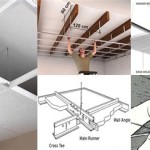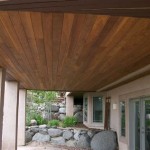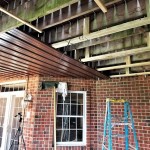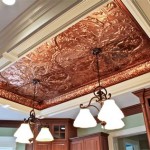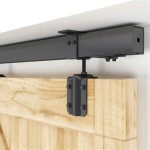1.
Nail pops are a common problem in ceilings, but what causes them? Nail pops are caused by nails that were driven into the wrong part of the ceiling joist. This can happen when someone is inexperienced, but it can also happen when the person doing the work is in a hurry. The nails don’t have enough support and work their way out of the ceiling, leaving a hole in the ceiling.
Nail pops can also be caused by nails that are too long. When the nails are too long, they can punch through the joist, causing the nail to protrude from the ceiling. Nail pops can also be caused by nails that are not driven in enough, or if the nails are not properly secured.
In addition to the above reasons, nail pops can be caused by temperature and humidity changes. As temperatures fluctuate, so do the ceilings. This can cause the ceilings to expand and contract, pushing the nails out of the ceiling.
2.
Avoiding nail pops in your ceiling is possible with a few simple steps. First, make sure that you are using the correct size nails for the job. Pay attention to how deep you are driving the nails and use a nail gun to help ensure the nails are driven in correctly.
Next, make sure you are using the correct type of nails for the job. Different materials require different types of nails. It is important to use the correct type of nails for the job to avoid nail pops.
Finally, make sure that you are using the correct spacing when driving the nails. If the nails are too far apart, the ceiling can move and cause nail pops. If the nails are too close together, the nails will rub against each other and can cause damage.
3.
Repairing nail pops in your ceiling is a simple process. First, use a screwdriver to remove the nail from the ceiling. Be careful not to damage the ceiling while removing the nail.
Next, use a piece of drywall tape to cover the hole left by the nail. Place the tape over the hole and press it into place. Use a putty knife to smooth the tape and remove any air bubbles.
Finally, use a patching compound to cover the hole. Once the patching compound is dry, sand the area until it is smooth. Then, paint over the area and the repair is complete.








![How to Fix Nail Pops in the Ceiling [4 Steps]](https://i2.wp.com/uooz.com/wp-content/uploads/2020/10/How-to-Fix-Nail-Pops-in-the-Ceiling-4-Steps.jpg)






Related Posts

